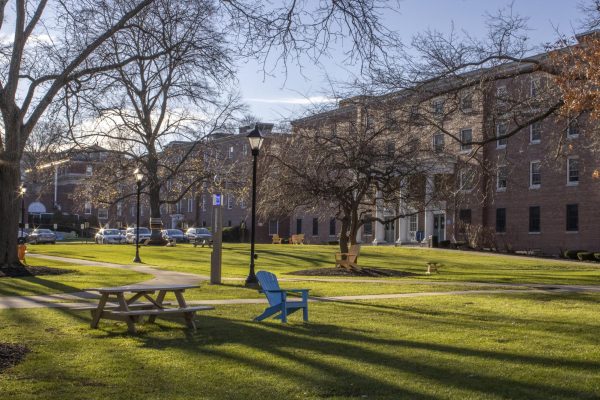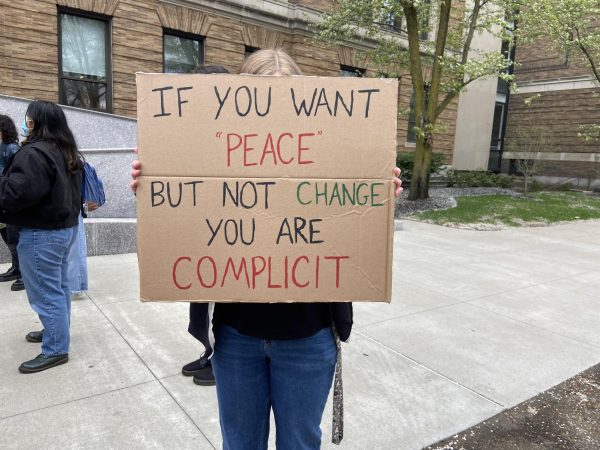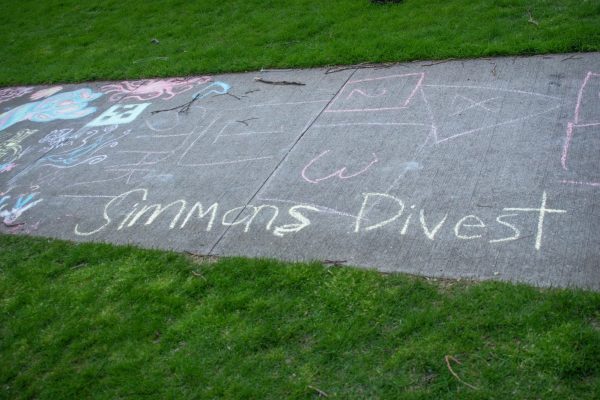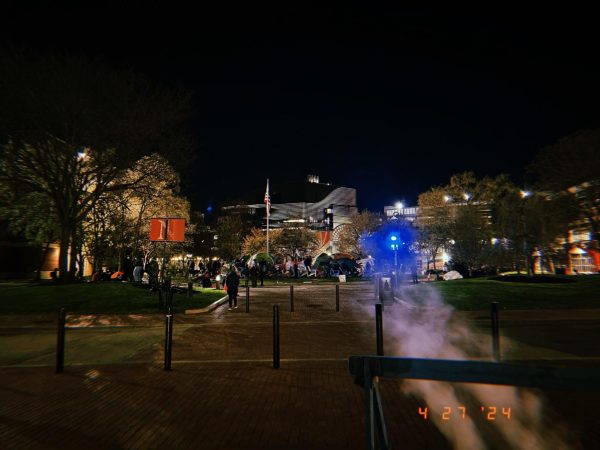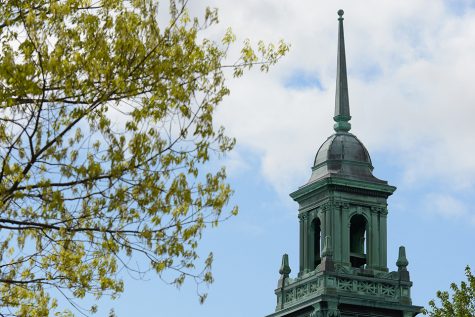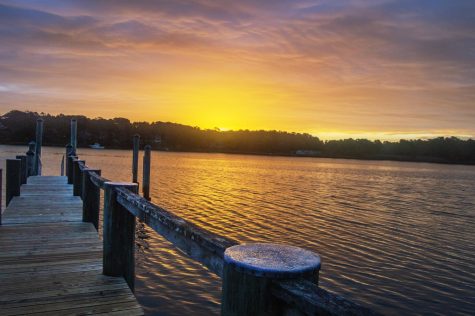Environmental Funding is Just as Polluted as the Chesapeake Bay
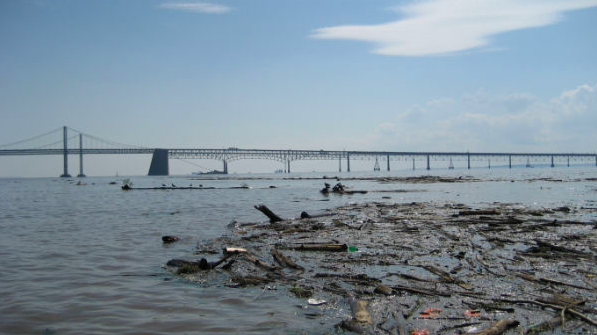
Source: www.witf.org
May 1, 2019
Water is a tasteless, practically colorless and transparent chemical substance which is vital to all known forms of life. Fresh water is naturally occurring water found in glaciers, bogs, ponds, streams, lakes and groundwater. Unfortunately, 68.7% of the freshwater on Earth is trapped in glaciers, which makes it hard to access and “some 80% of the world’s wastewater is dumped-largely untreated-back into the environment, polluting rivers, lakes, and oceans.” (Denchak, Melissa)
The Chesapeake Bay, located on the East Coast, is of the largest estuaries in the world as well as the largest in the United States. Over the last few decades, nitrogen and phosphorus have increased to excessive levels due to the activities of people in the watershed. According to the Chesapeake Bay Program, almost three-quarters of the Bay’s tidal waters are impaired by pesticides, pharmaceuticals, metals and other chemicals (Parson, 2019). One of the main chemicals in the Bay is known as PCB or polychlorinated biphenyl, also found in electrical equipment, inks and adhesives. These have not been produced in the U.S. since 1977, however they still enter the environment and the extent of their contamination in the watershed is widespread. These pollutants come from a wide range of sources such as industrial facilities, lawns, sewage treatment plants and agricultural fields (Pollution, 2019). Poor water quality has affected many species that make the Bay their home, leading to decreases in their populations, as well as negatively affecting the health of many people living in the Bay area.
In elementary school, I took a trip to the Chesapeake Bay as part of a field trip. The cool wind was blowing through my hair as I sat down on the boat with the rest of my fourth grade class. Getting to go on a boat ride on the Bay was the highlight of the trip. Despite the fact that it was early spring, the air was chilly, and the sun shining down upon the students brought warmth back to our skin. Though the students assumed the water was going to be blue and sparkling when the sun hit, the water instead had a darker tint, indicating the pollution present below the surface. This field trip to the Chesapeake Bay was informational as well as recreational for the elementary school students. Everyone was curious to see what kinds of creatures make the Bay their home. The guide had several different kinds of organisms on the boat which he had caught from the water so they could see that the organisms did in fact come from the water they were floating on.
One of the animals was a blue crab which was sitting in a large tank filled almost completely with. The blue crab had been caught from the water. The beautiful blue crab (one of the main species that makes its home in the Chesapeake Bay) seemed to be healthy but from what the guide told us, many of the blue crabs had been getting sick and they were severely affected by pollution. I looked down at the water, upset that us as humans had been causing animals and plants so much harm. Hearing this made me want to do something to help.
Some of the most common chemical contaminants can survive in the environment for a long time. These then can build up in the tissues of fish and other organisms. The contaminants move through the food web in a process called bioaccumulation. The small bottom-dwelling organisms get infected with the contaminants through their skin contact and then larger fish eat these contaminated organisms accumulating their toxins which then pass into birds, mammals and other wildlife that ultimately eat the contaminated fish. Not all contaminants have the same effects so even if one of them is completely eradicated from the Bay, other contaminants can have different detrimental effects. An example is that PCB concentrations in bald eagle eggs have contributed to their failure to hatch. (Parson, 2019).
President Obama issued an Executive Order “to recognize the Chesapeake Bay as a national treasure and request the federal government to lead a renewed effort to restore/protect the Chesapeake Bay and its watershed,” in May of 2009. This effort resulted in many efforts to improve water quality of the Chesapeake Bay. The EPA later in December of 2010, released an order to limit the amount of sediment, nitrogen, and phosphorus pollution dumped into the Chesapeake Bay and its surrounding tributaries.
Other organizations working towards improving the Bay, such as those engaging the state and federal governments, have led to new policies that are further helping the Bay. One example is that The Chesapeake Bay Program has committed to two goals that are related to blue crabs and in 2017, 254 million adult female crabs were estimated to be living in the Bay, while in 2015, there were only 194 million (Rath, 2019). Water pollution is currently being combatted by a variety of methods including ones that are so simple, anyone can do them. Just reducing our water use is helpful and it makes sure that people have clean water and that our freshwater isn’t being continuously contaminated. Another easy thing is to reduce the use of plastic. Plastic enters our water sources and kills fish and other organisms who see it as food or get caught in it. By reducing our use, less plastic goes into our water sources such as the Chesapeake Bay (Impulse, Solar).
While strides have been made to combat water pollution both in the Chesapeake Bay and other big water sources around the United States and the globe, some governments aren’t so focused on it anymore. The Trump Administration’s actions are putting the progress and gains at risk. The Chesapeake Bay Program is currently funded at $73 million, but the Trump Administration is cutting that amount by 90% with only $7.3 million in proposed funding for the 2020 budget plan. The president of the Chesapeake Bay Foundation pointed out that in the long run, “pollution has declined, the oxygen-deficient ‘dead zone’ is getting smaller, and the Bay grasses are growing,” but without the continued funding, that progress could be erased. Standing up to oppose these actions, engaging Congress and local State governments to remain committed to protect and improve the Bay and help combat water pollution may sound difficult, but in order to help improve our water quality and world, it’s a necessity. When I was in fourth grade, I got to see water pollution up close and it really made me want to do something and help those who are already making a difference. Future field trips taken by children should see the Bay getting better, not worse!



